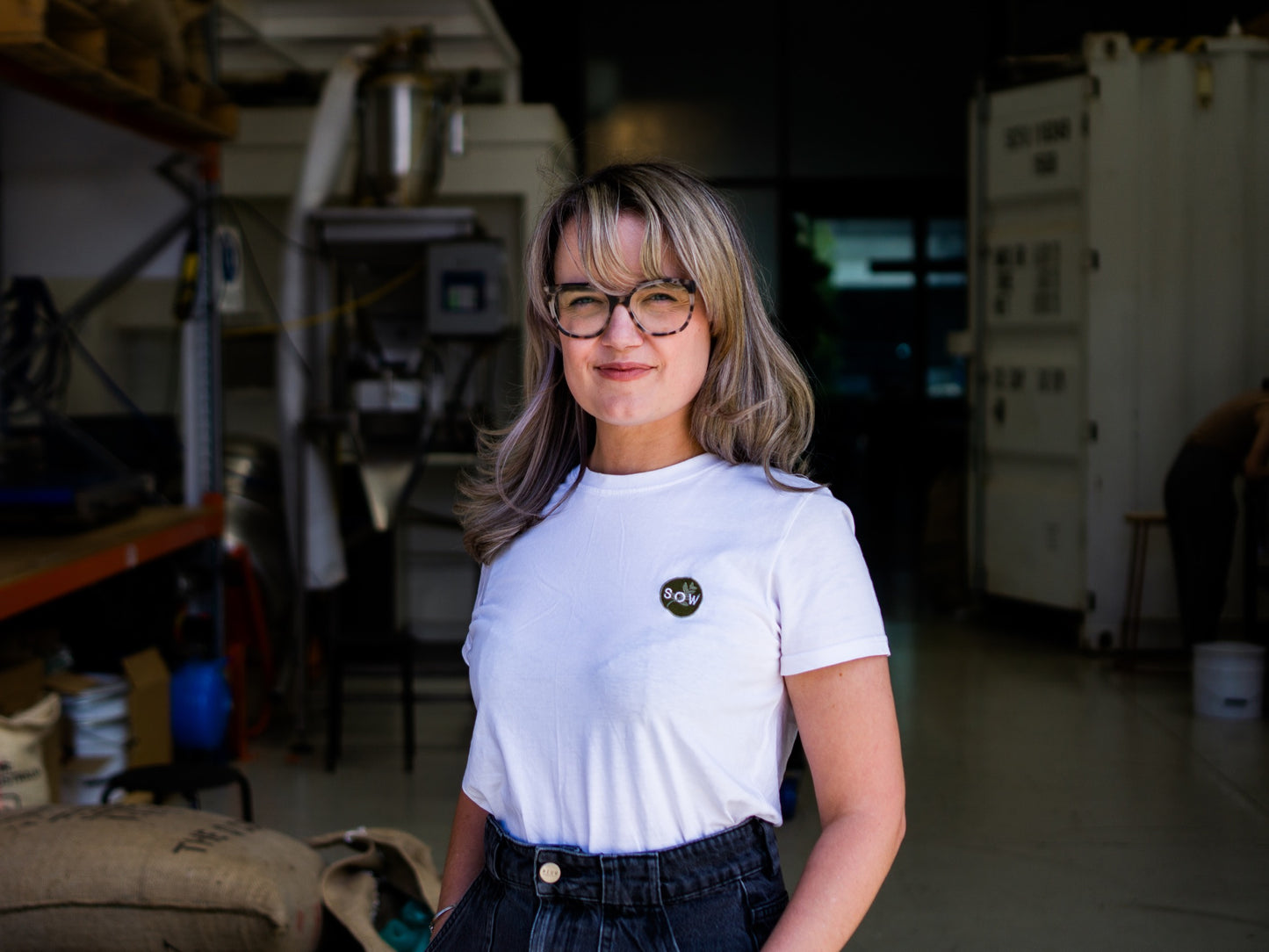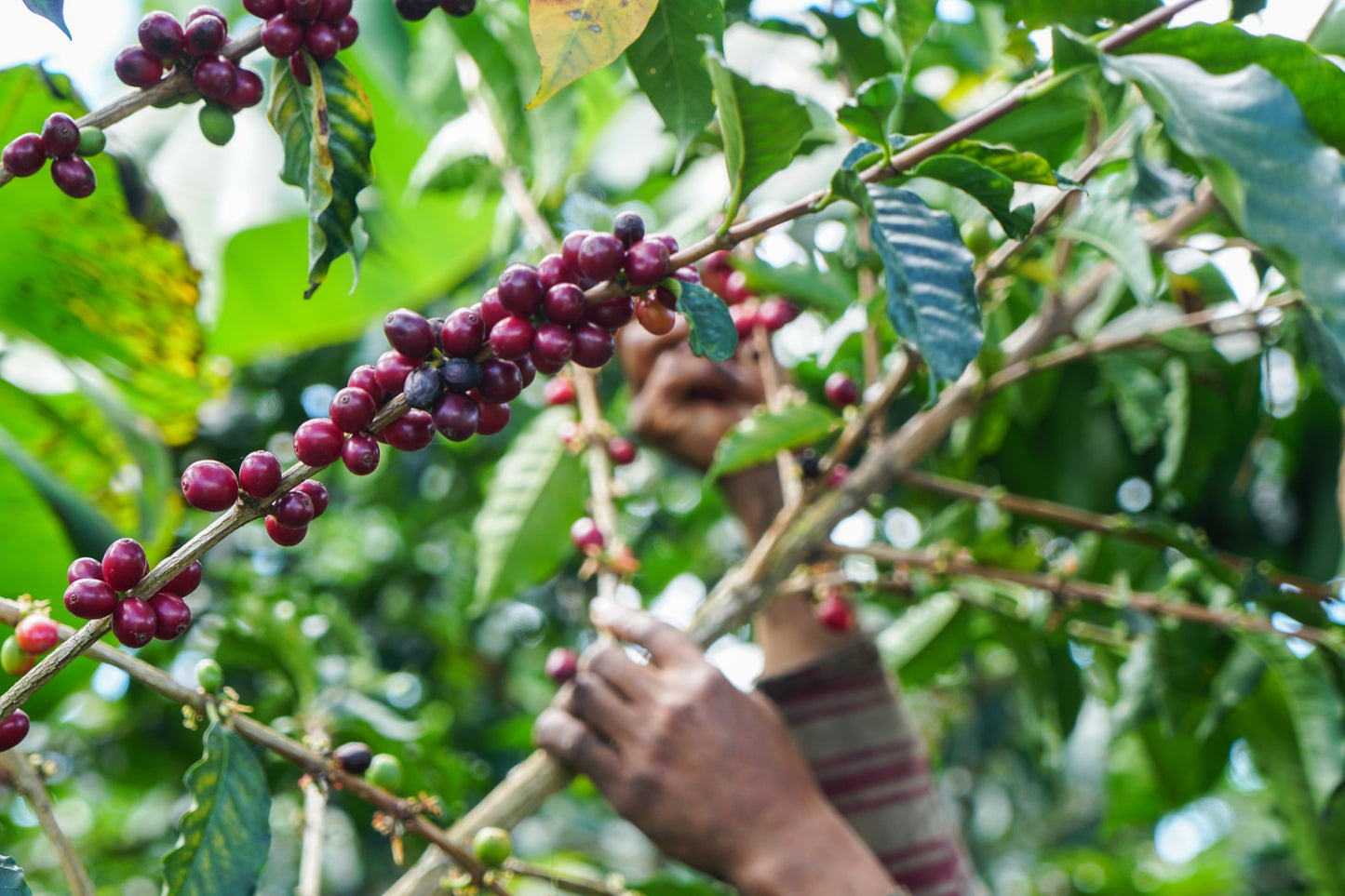410 – Page removed
We intentionally removed the page you requested.
Our website builder doesn’t support 410 redirects, but we wanted to let you know.
We’d be glad to hear from you via hello@sowcoffeeproject.co if you have a question.
Looking for something to read?
New Beginnings, Good Friends and Community Initiatives
Charlie showcases the community initiatives we’ve supported lately and shares an Aeropress recipe for Bolivian coffee.
International Women's Day 2021
Charlie celebrates four talented women who have contributed to Sow: Anya Anackov, Bessie Marks, Maegan Brown, and Serena Walker.
Lost in Time at Finca Las Lajas, Costa Rica
Discover Sow’s first coffee from Finca Las Lajas in Costa Rica. Meet the producers, Oscar and Francisca Chacon, and check out Charlie’s...




